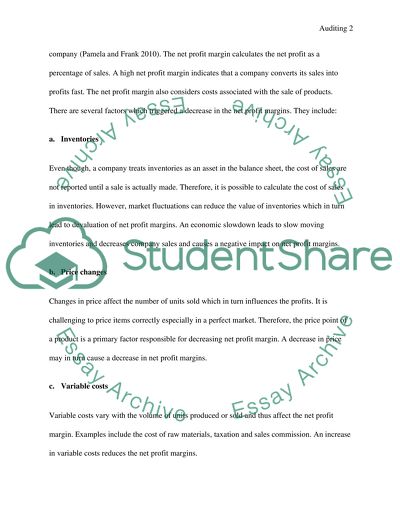Cite this document
(“Auditing Essay Example | Topics and Well Written Essays - 1000 words - 1”, n.d.)
Auditing Essay Example | Topics and Well Written Essays - 1000 words - 1. Retrieved from https://studentshare.org/finance-accounting/1476475-auditing
Auditing Essay Example | Topics and Well Written Essays - 1000 words - 1. Retrieved from https://studentshare.org/finance-accounting/1476475-auditing
(Auditing Essay Example | Topics and Well Written Essays - 1000 Words - 1)
Auditing Essay Example | Topics and Well Written Essays - 1000 Words - 1. https://studentshare.org/finance-accounting/1476475-auditing.
Auditing Essay Example | Topics and Well Written Essays - 1000 Words - 1. https://studentshare.org/finance-accounting/1476475-auditing.
“Auditing Essay Example | Topics and Well Written Essays - 1000 Words - 1”, n.d. https://studentshare.org/finance-accounting/1476475-auditing.


